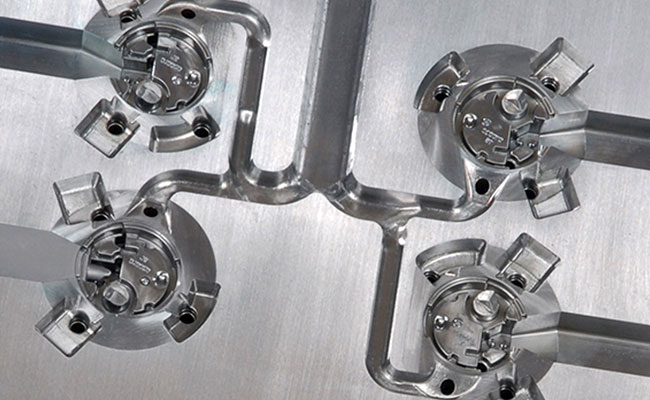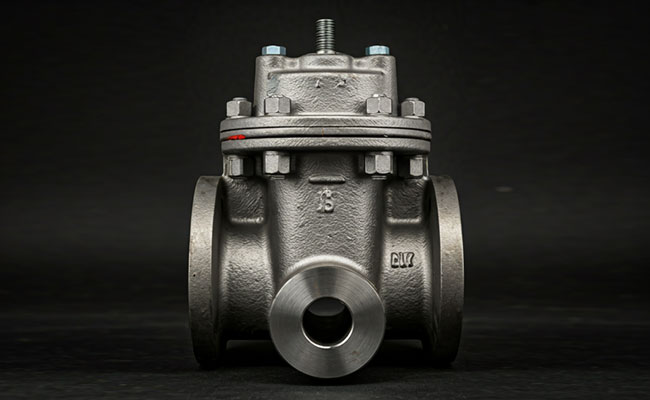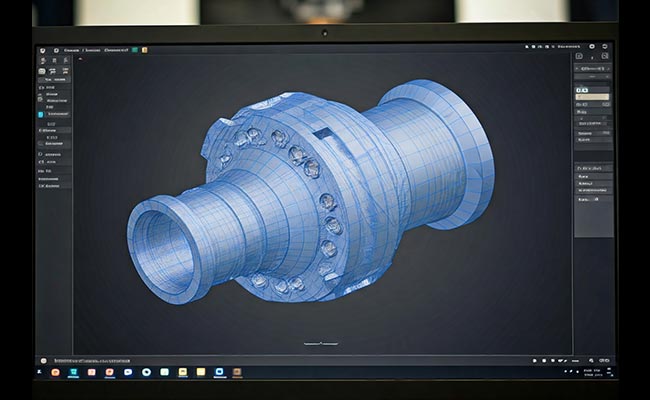
3D printed casting mold
2024-06-17
Heat Treatment: Annealing
2024-07-01The creation of a casting mold is a critical step in the casting process, laying the foundation for the production of precise and high-quality cast parts. The method used to make a casting mold depends on various factors, including the type of casting process, the complexity of the part, and the material being cast. Here’s an overview of the typical steps involved in making a casting mold:
1. Pattern Creation:
The process begins with the creation of a pattern, which serves as a replica of the final part to be cast. Patterns can be made from wood, plastic, metal, or other materials, depending on the casting method and production requirements. Patterns can be produced using various techniques, including machining, 3D printing, or hand carving.
2. Mold Preparation:
Once the pattern is ready, it is mounted or placed in a molding flask, which consists of two halves: the cope and the drag. The flask provides the framework for the mold and helps to contain the molding material.
3. Molding Material Application:
The next step involves the application of molding material around the pattern to create the mold cavity. The choice of molding material depends on the casting process and may include materials such as sand, plaster, ceramic, or metal. The molding material is packed tightly around the pattern to ensure accurate reproduction of the part’s shape and details.
4. Mold Assembly:
After the molding material has been applied, the cope and drag halves of the flask are brought together to enclose the pattern and form a complete mold. The mold assembly may include additional features, such as gating and venting channels, to facilitate the flow of molten metal and the escape of gases during casting.
5. Pattern Removal:
Once the mold material has set or cured, the pattern is removed from the mold cavity, leaving behind a negative impression of the part to be cast. Depending on the molding material and pattern design, pattern removal may involve shaking, vibration, or other techniques to release the pattern without damaging the mold.
6. Mold Finishing:
After the pattern has been removed, the mold cavity may undergo additional finishing operations to ensure dimensional accuracy and surface quality. This may include trimming excess material, repairing any defects or imperfections, and applying coatings or treatments to improve mold performance.
7. Casting:
With the mold prepared and finished, it is ready for the casting process to begin. Molten metal is poured or injected into the mold cavity, where it fills the space left by the pattern and takes on its shape. Once the metal has solidified and cooled, the mold is opened, and the finished casting is removed, ready for further processing or finishing.
Overall, the creation of a casting mold is a multi-step process that requires careful attention to detail and precision to ensure the production of high-quality cast parts. By employing advanced materials, technologies, and techniques, manufacturers can optimize the mold-making process to meet the specific requirements of their casting applications.




